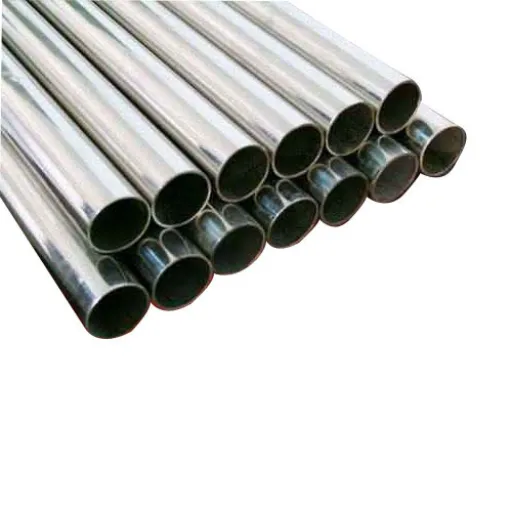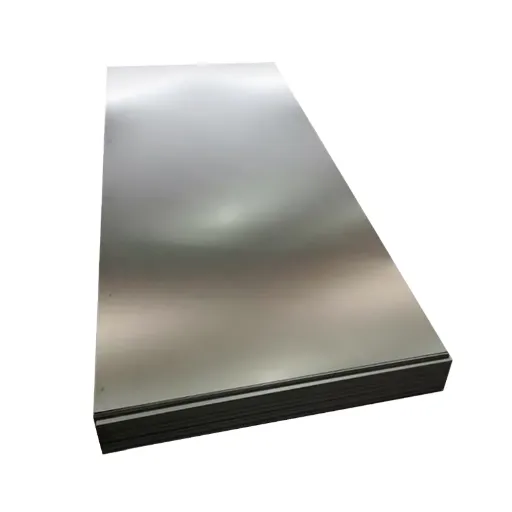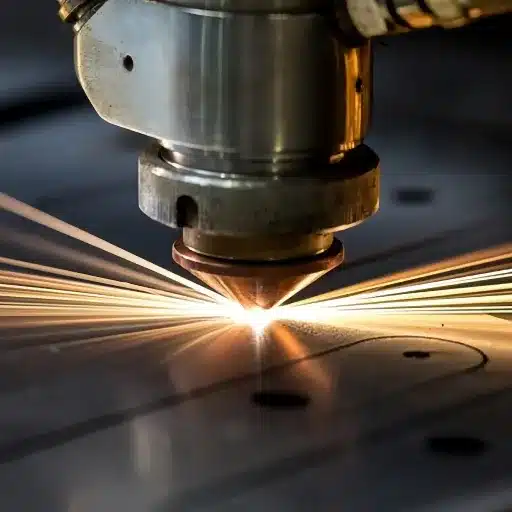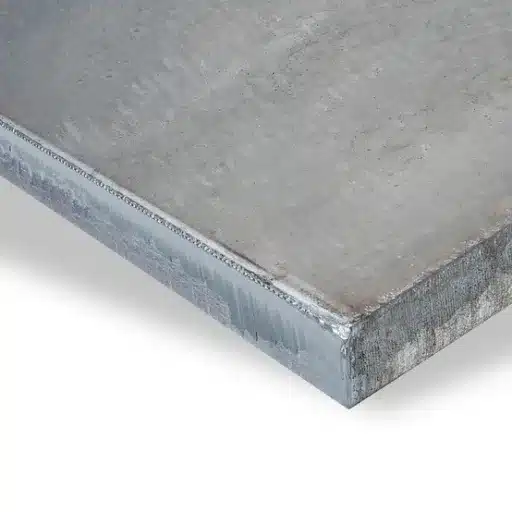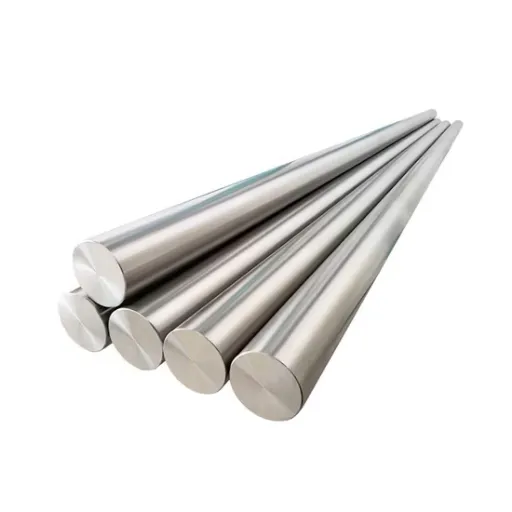Selecting the right steel for manufacturing applications can be challenging, especially when comparing specialized materials like S7 tool steel and 4140 steel. Each material offers distinct advantages that make it superior for specific applications. This comprehensive guide examines the key differences, strengths, and optimal applications for both steels, helping you make informed decisions based on toughness, machinability, and cost-effectiveness.
Introduction to S7 and 4140 Steel
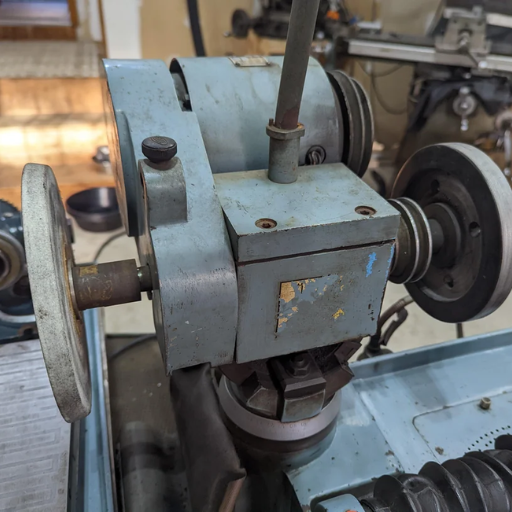
Both S7 and 4140 steels are widely used in manufacturing processes due to their distinctive features and practical applications. S7 tool steel, known for exceptional toughness and shock resistance, excels in manufacturing dies, punches, and tools exposed to high-impact conditions. Meanwhile, 4140 alloy steel provides an excellent balance between strength and hardness while offering superior machinability, making it ideal for shafts, fasteners, and gears.
The fundamental difference lies in their application conditions: S7 performs exceptionally well in high-impact situations, while 4140 demonstrates superior durability as structural components in various flexible operating conditions.
S7 Tool Steel: Overview and Properties
S7 tool steel stands out as a shock-resistant, air-hardening tool steel belonging to the molybdenum-chromium group of alloy tool steels. It’s specifically developed for tooling applications that undergo significant impact or shock conditions, making it invaluable for manufacturing dies, chisels, shear blades, punches, and tools that exert sudden, intense forces.
Chemical Composition of S7 Tool Steel
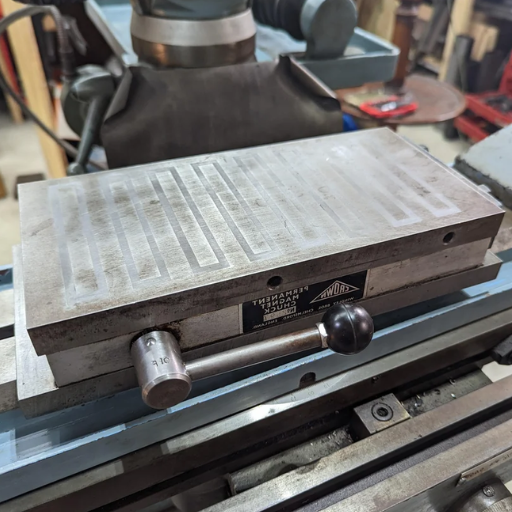
The chemical composition of S7 tool steel directly contributes to its exceptional characteristics:
- Carbon (C): 0.45–0.55% – Provides strength and toughness
- Chromium (Cr): 3.00–3.50% – Enhances wear resistance and hardenability
- Molybdenum (Mo): 1.40–1.80% – Improves mechanical properties and hardenability
- Vanadium (V): ≤0.30% – Refines grain structure and adds wear resistance
- Silicon (Si): 0.20–1.00% – Enhances strength and acts as a temperature stabilizer
- Manganese (Mn): 0.20–0.80% – Contributes to strengthening and hardness
Key Characteristics of S7 Tool Steel
| Property | Specification | Benefits |
|---|---|---|
| Hardness | 54–58 HRC after heat treatment | Excellent durability and wear resistance |
| Toughness | Very high impact resistance | Ideal for repeated high-energy impacts |
| Machinability | Reasonably machinable when annealed | Easy cutting and shaping in soft condition |
| Air Hardening | Hardens in air cooling | Minimal distortion and cracking risk |
| Wear Resistance | Moderate to good | Superior performance under impact conditions |
Heat Treatment Process for S7 Tool Steel
S7 tool steel achieves optimal performance through proper heat treatment:
- Annealing: Heat to 1550°F (843°C) and cool slowly at 20°F per hour
- Hardening: Preheat to 1200°F (649°C), then rapidly heat to 1750°F (954°C) and air cool
- Tempering: Apply temperatures between 400°F (204°C) and 1100°F (593°C) based on desired hardness
Applications of S7 Tool Steel
- Punches and Dies: Designed for repeated high-force impacts
- Chisels and Shear Blades: Applications requiring high rotational and tensile strength
- Gears and Shafts: Components needing shock absorption and fatigue resistance
- Heavy-duty Hand Tools: Hammers and demolition chisels resistant to massive forces
- Injection Molding: Durable components for repetitive high-efficiency processes
- Aerospace and Automotive Tooling: Applications requiring reliability and precision
4140 Steel: Overview and Properties
4140 steel is a medium-carbon, low-alloy steel classified by the American Iron and Steel Institute (AISI). It’s renowned for its ultra-high strength, toughness, and excellent fatigue and wear resistance properties. The main alloying elements include chromium, molybdenum, and manganese, which contribute to its versatile characteristics suitable for numerous applications.
Chemical Composition of 4140 Steel
4140 steel typically contains the following chemical composition:
- Carbon (C): 0.38–0.43% – Provides hardening and strengthening capabilities
- Chromium (Cr): 0.80–1.10% – Improves corrosion resistance and hardenability
- Molybdenum (Mo): 0.15–0.25% – Enhances high-temperature strength and wear resistance
- Manganese (Mn): 0.75–1.00% – Increases tensile strength and hardenability
- Silicon (Si): 0.15–0.35% – Enhances strength and aids deoxidation
- Sulfur (S): ≤0.040% – Kept low to maintain ductility
- Phosphorus (P): ≤0.035% – Limited to preserve material ductility
Key Mechanical Properties of 4140 Steel
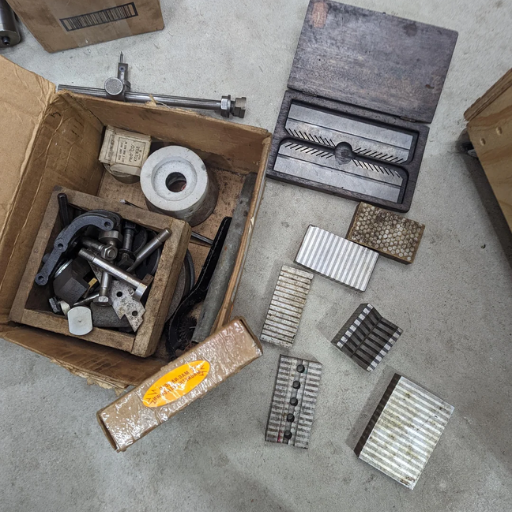
| Property | Specification | Condition |
|---|---|---|
| Tensile Strength | 95,000–180,000 psi | Varies with heat treatment |
| Yield Strength | 60,000–90,000 psi | Treatment dependent |
| Hardness | 197 HB (annealed) to 500 HB (heat treated) | Highly customizable |
| Elongation | 15–30% | Excellent ductility |
Heat Treatment Options for 4140 Steel
4140 steel’s versatility stems from its excellent response to various heat treatments:
- Annealing: Heat to 1600°F (945°C), slow cool to soften for machining
- Quenching and Tempering: Heat to 1550°F (710°C), oil quench for specific strength and hardness
- Normalizing: Heat to 1600°F (870°C), air cool to improve grain structure
Applications of 4140 Steel
- Automotive Components: Crankshafts, gears, axles, and drivetrain parts
- Mold and Die Manufacturing: General-purpose tooling applications
- Aerospace Components: Structural parts requiring reliability
- Hydraulic Systems: Shafts and cylinders for high-pressure applications
- Machinery Parts: Gears, shafts, turbines, and machine components
- Oil and Gas Industry: Drill collars, subs, and downhole equipment
- Construction Equipment: Components requiring high strength-to-weight ratio
Comprehensive Comparison: S7 vs 4140 Steel
| Parameter | S7 Tool Steel | 4140 Alloy Steel |
|---|---|---|
| Maximum Hardness | Up to 58 HRC | Up to 50 HRC |
| Toughness | Very high, shock-resistant | High, suitable for structural parts |
| Impact Resistance | Excellent for high-shock applications | Good for moderate-shock applications |
| Wear Resistance | Moderate, better than 4140 | Moderate, general-purpose use |
| Machinability | Fair, difficult when hardened | Good, easier in annealed condition |
| Heat Treatment | Air-hardening, minimal distortion | Oil-quenching, moderate distortion |
| Corrosion Resistance | Poor, prone to rust | Better due to chromium content |
| Cost | Higher due to alloy content | Lower, widely available |
| Primary Applications | Punches, dies, high-impact tools | Shafts, gears, machinery parts |
Mechanical Properties Deep Dive
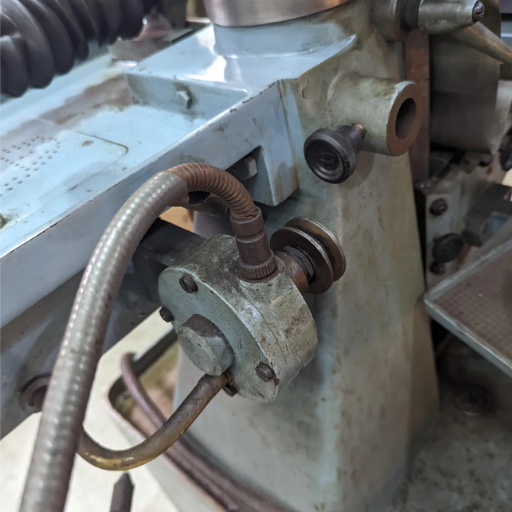
Hardness and Strength Comparison
S7 Tool Steel: Achieves superior hardness levels of 56-60 HRC after proper heat treatment, with exceptional through-hardening capability for large sections. Tensile strength reaches approximately 205,000 psi in hardened and tempered conditions.
4140 Steel: Reaches 28-32 HRC in annealed state, hardenable to maximum 58 HRC. Tensile strength ranges from 95,000 to 180,000 psi depending on heat treatment, offering more flexibility in property customization.
Toughness and Ductility Analysis
| Steel Type | Toughness Level | Elongation % | Best Application |
|---|---|---|---|
| S7 Tool Steel | Very High | 8-10% | Heavy shock absorption without cracking |
| 4140 Steel | High | 15-30% | Steady loads with better flexibility |
Advantages and Disadvantages
S7 Tool Steel Advantages
- Superior Impact Resistance: Excellent for heavy shock loads and sudden forces
- Air Hardening: Minimal distortion during heat treatment
- High Hardness: Up to 58 HRC for demanding applications
- Good Machinability: Reasonable machining in annealed condition
- Heat Resistance: Maintains strength at elevated temperatures
- Through-Hardening: Consistent hardness in large sections
S7 Tool Steel Disadvantages
- Higher Cost: More expensive due to specialized alloy content
- Poor Corrosion Resistance: Requires additional protection in humid environments
- Limited Availability: Less common, specialized applications
- Machining Challenges: Difficult to machine when hardened
- Thermal Fatigue Risk: Susceptible to repeated temperature cycling
4140 Steel Advantages
- Cost-Effective: Affordable and widely available
- Excellent Machinability: Easy to machine in annealed condition
- Versatile Properties: Customizable through heat treatment
- Better Corrosion Resistance: Chromium content provides protection
- High Ductility: 15-30% elongation for flexible applications
- Wide Applications: Suitable for diverse manufacturing needs
4140 Steel Disadvantages
- Lower Maximum Hardness: Limited to 50 HRC maximum
- Moderate Impact Resistance: Not suitable for extreme shock applications
- Heat Treatment Distortion: Oil quenching can cause moderate distortion
- Limited Wear Resistance: Not ideal for high-abrasion applications
Application Guidelines and Selection Criteria
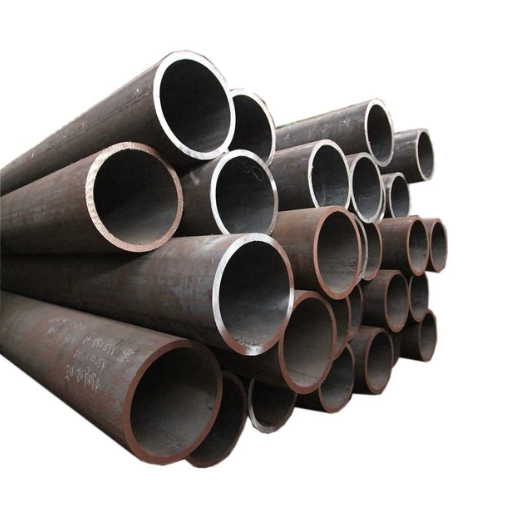
| Application Type | S7 Tool Steel | 4140 Alloy Steel |
|---|---|---|
| Tooling | ✓ Punches, dies, cutting tools | ○ General-purpose tooling |
| Automotive | ✓ High-impact components | ✓ Shafts, axles, spindles |
| Aerospace | ✓ High-shock tools | ✓ Structural parts |
| Machinery | ✓ Forging and extrusion dies | ✓ Gears, shafts, machinery parts |
| Construction | ○ Not commonly used | ✓ Frame components and supports |
| Oil & Gas | ○ Not commonly used | ✓ Fasteners and structural parts |
| Molding | ✓ Injection and cold work molds | ○ Not commonly used |
| Heavy Industry | ✓ Chisels, hammers, shear blades | ✓ Bolts, nuts, studs |
Decision-Making Framework
Choose S7 Tool Steel When:
- Applications involve high-impact or shock loading
- Maximum hardness and wear resistance are critical
- Minimal heat treatment distortion is required
- Tool life under severe conditions is prioritized over cost
- Manufacturing punches, dies, or cutting tools
Choose 4140 Steel When:
- Cost-effectiveness is a primary concern
- Good machinability is essential
- Moderate strength and toughness are sufficient
- Better corrosion resistance is needed
- Manufacturing general machinery components
References
-
The effects of different quenching mediums on the hardness and microstructures of steel
- This study explores the effects of quenching mediums on steels, including S7 and 4140, providing insights into their hardness and microstructural changes.
- Link to source
-
Multi-Response Optimization of Surface Grinding Process Parameters of AISI 4140 Alloy Steel
- This paper evaluates the grindability and surface grinding parameters of AISI 4140, offering a detailed analysis of its machinability and performance.
- Link to source
-
A review of cryogenic cooling in high-speed machining (HSM) of mold and die steels
- This review discusses the machining of steels like S7 and 4140 under cryogenic cooling, focusing on tool wear, surface roughness, and other performance metrics.
- Link to source
Frequently Asked Questions
The main differences lie in composition and intended applications. S7 tool steel contains higher carbon content and is designed for heavy-impact applications, while 4140 steel is a chromium-molybdenum alloy known for versatility and good machinability. S7 offers superior toughness, while 4140 provides a balance of strength and ductility.
S7 tool steel achieves exceptional hardness of 58-62 HRC after heat treatment with excellent wear resistance, ideal for punches and chisels. 4140 steel typically reaches 28-32 HRC in annealed condition, up to 50 HRC when hardened, sufficient for many applications but with lower wear resistance than S7.
For applications requiring high impact and shock resistance, S7 is superior due to its exceptional toughness and deformation resistance. 4140 steel is more versatile for general applications but may not perform as well under extreme conditions compared to S7.
Yes, both steels can be heat treated to enhance mechanical properties. S7 is typically air-hardened and tempered for optimal hardness and toughness. 4140 commonly uses quench and temper processes to improve strength and hardness while reducing brittleness.
Generally, S7 tool steel is more expensive than 4140 due to its specialized properties and manufacturing processes. However, selection should be based on performance requirements rather than cost alone, as S7’s enhanced performance can justify higher prices in critical applications.
Conclusion
The choice between S7 tool steel and 4140 steel ultimately depends on your specific manufacturing requirements, budget constraints, and application demands. S7 tool steel excels in high-impact, shock-resistant applications where maximum hardness and toughness are critical, despite higher costs and machining challenges. 4140 steel offers an excellent balance of properties, cost-effectiveness, and versatility, making it ideal for general-purpose applications requiring good strength and machinability.
Understanding the distinctive characteristics, advantages, and limitations of each steel type enables informed decision-making that optimizes both performance and cost-effectiveness in your manufacturing processes. Consider your specific application requirements, operating conditions, and budget to select the steel that best meets your needs.

